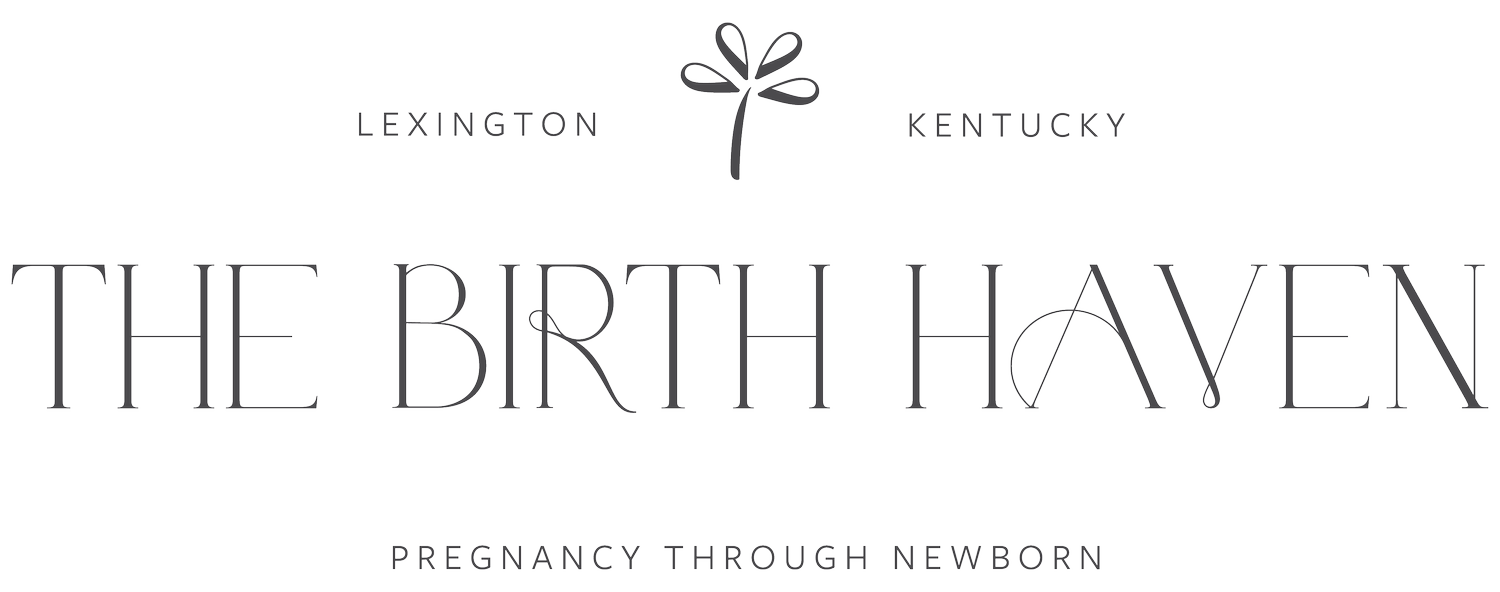When Placenta Encapsulation Goes Wrong
The recent CDC statement pertaining to placenta encapsulation hit the press and the news is littered right now with the story of a baby becoming sick, potentially from the capsules consumed by the mother. Unfortunately, we've been waiting for the mistakes of others to occur and have been preparing in the best way we know how.
I was resistant to the idea of placenta encapsulation and was leery of offering it in our community. Once clients began asking about it, I made the decision to begin my quest for a program that would meet strict criteria. I found that in Placenta Prep, a two day intensive course developed by Deb Pocica, an expert in placentas. I knew that she had created this program out of a desire to bring strict standards to a service that seriously lacked them. Her curriculum exuded safety and protocols and I took the leap and added the service to The Birth Haven.
So why have we been cautiously awaiting someone getting sick from encapsulation? Without any real guidelines, encapsulators are learning from youtube, buying some equipment, and setting up business. Without any true training nor any understanding of blood borne pathogens, contamination, transporting organs and more, danger has always lurked. When the CDC statement was released, I was actually happy. That may sound strange, but I knew it would bring to light how incredible our standards are and why we have them. That being said, I think it's important for you, the potential consumer to understand them as well. When reading through the CDC statement, I saw the following things:
1.) The encapsulator is unknown. We have no idea if this person was properly trained or trained at all.
2.) We know the encapsulator transported someone else's organ and don't know what happened during transport.
3.) We know that the placenta was taken to an undisclosed location and encapsulated there
4.) We know that the placenta was sliced raw and dehydrated on low heat.
5.) We know the placenta was delivered back to the client for consumption and GBS was found in the capsules even though the mother had tested negative before and after the birth..
So what are Placenta Prep guidelines?
Postpartum Placenta Specialists are trained in person and not online. They are required to have hands on training and also have continuous support throughout the certification process and beyond. They must abide by strict guidelines and become certified in blood borne pathogens.
They are never to transport someones organ at any point. Our clients are required to transport, maintain the placenta on ice and move it to the refrigerator or freezer based on the time frame for encapsulation. If the placenta is left in a hot car, the family forgets ice, the placenta is taken to pathology, or there is a uterine infection during labor, we cannot and will not encapsulate it.
Each and every placenta encapsulated by a Placenta Prep trained/certified specialist is done in the clients home and never at an undisclosed location. This prevents foreign bacteria from being in the workspace from children, animals, and an potentially unsanitary preparers home. It reminds me of potlucks and not knowing what the kitchen of the preparer looks like. Scary huh? All surfaces are prepped and cleaned as per OSHA guidelines and the process is started and finished in the clients home. Some liken us to a HAZMAT crew if they happen to be present during the process because of our head to toe coverings, attention to detail, and strict and necessary guidelines. Bleach soaks are also used on all equipment to eliminate cross contamination from one placenta to the next as per OSHA guidelines.
The raw method of encapsulation has been a topic of discussion for quite sometime. One camp says its not safe at all while others proclaim its safety and a persons choice to choose how they wants their placenta encapsulated. We will never apologize for taking that choice away from someone because we know the risks associated with encapsulating raw. Each placenta we encapsulate is done so using the Traditional method which includes steaming the product for 8-12 minutes and then placing it on a dehydrator at 165 degrees overnight. When someone encapsulates using the raw method, it creates a danger zone (food kept at 40-140 degrees). Food handlers know this danger zone all too well and we abide by those strict protocols. Raw encapsulation allows raw meat product(the placenta) to sit in the danger zone for hours, making it ripe for bacteria growth.
Since the placenta never leaves the sight of the client, it eliminates the last risk. Our clients know they are consuming their own placenta and not that of someone else. There is simply no way a mistake can be made and we are grateful for that security. This isn't like consuming Grandma's potato salad after all.
The Birth Haven supports your desires to encapsulate or to not. We value your personal research and commitment to your personal safety just like we value our own commitment to provide the safest standards possible for encapsulation services. Have more questions? Please let us know!
For additional reading on this subject check out the following:

